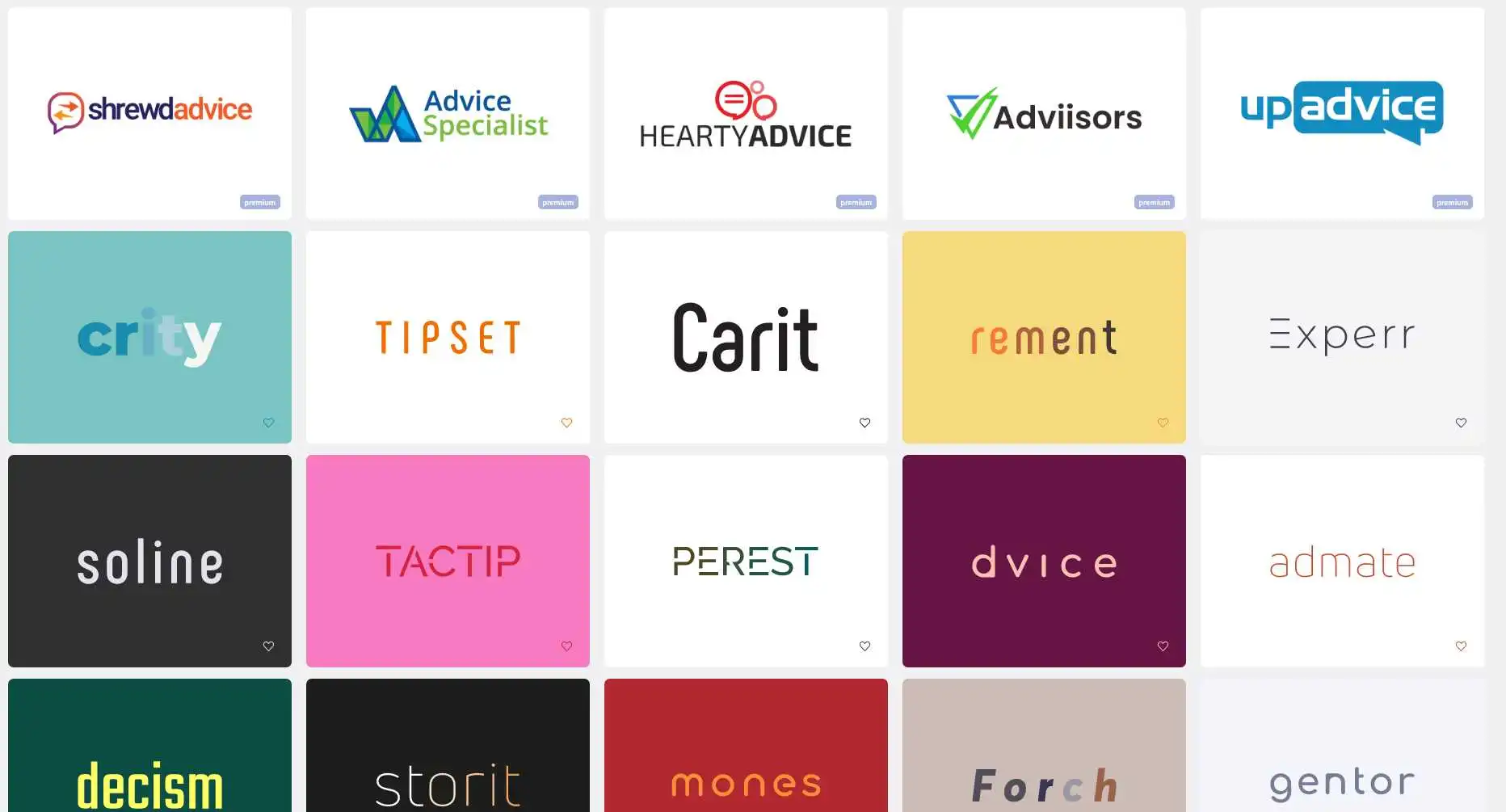
How to Start a Presentation: 7 Killer Strategies for Engaging Your Audience
August 13, 2022If you’re looking to start a presentation with confidence, you need to take some basic steps. This guide will help you structure your ideas, create a powerful introduction, and deliver a powerful message.
Tell your audience who you are. Start your presentation by introducing yourself.
My name is Joe, and I’m an expert on PowerPoint presentations. I’ve been working with presentations for over 10 years, and I’ve developed a number of skills that make me the perfect person to give this presentation.
First, let’s take a look at why a good PowerPoint presentation is so important.
A good PowerPoint presentation can help you connect with your audience. A well-made presentation can help you explain your ideas in a clear and concise way. It can also help you show off your skills as a speaker.
And finally, a good PowerPoint presentation can help you sell your ideas. A well-made presentation can help you show off your work in a way that is both visually appealing and informative. It can also help you show how your ideas can benefit your audience.
So, if you’re looking for a way to improve your presentation skills, or to sell your ideas, or to connect with your audience, then you should definitely consider taking my PowerPoint presentation workshop. In this workshop, we’ll go over all of the basics of PowerPoint, and we’ll help you create presentations that are both visually stunning and informative. So if you’re interested in learning more about PowerPoint presentations, or in improving your skills, then I would highly recommend that you sign up for my workshop.
Let them know why it is relevant.
It’s important to know why you are presenting before you start. This will help you focus on your message and keep your audience engaged. If you know why you are presenting, it will also help you choose the best way to present. Here are four reasons why it’s important to know why you are presenting:
1. You’ll be more effective.
If you know why you are presenting, you’re more likely to be effective. This is because you’ll be able to stay focused on your message and avoid distractions. This will help you keep your audience interested and engaged.
2. You’ll be more persuasive.
If you know why you are presenting, you’ll be more persuasive. This is because you’ll be able to connect with your audience on a personal level. This will help them understand your message and be more likely to agree with you.
3. You’ll be more likely to retain your audience.
If you know why you are presenting, you’re more likely to retain your audience. This is because you’ll be able to keep them interested and engaged. This will help them remember your message and be more likely to recommend your presentation to others.
4. You’ll be more likely to achieve your objectives.
If you know why you are presenting, you’re more likely to achieve your objectives. This is because you’ll be able to stay focused on your goal and avoid distractions. This will help you reach your desired outcome.
Tell a story.
A few years ago, I worked with a team of consultants to develop a presentation on the importance of storytelling in business. The idea was to illustrate how stories can help businesses connect with their customers, employees, and partners.
The goal was to show how stories can help businesses create a sense of community, build trust, and increase customer satisfaction.
One of the key points we made was that storytelling is an essential part of a company’s culture.
If you want your business to be successful, you need to learn how to tell stories.
Stories are a powerful way to connect with your customers, employees, and partners.
They can help businesses build a sense of community, build trust, and increase customer satisfaction.
In other words, storytelling is essential for businesses of all sizes.
If you don’t have a story to tell, you’re at a disadvantage.
And that’s why storytelling is so important.
Make an interesting statement.
Making an interesting statement is key when starting a presentation. It can capture the audience’s attention and help you get their attention throughout your speech. Here are a few ideas for making interesting statements:
1. Start with an interesting fact.
2. Use an interesting metaphor.
3. Talk about an interesting topic that you’re passionate about.
4. Talk about an issue that you care about.
5. Talk about an interesting topic that you know a lot about.
6. Talk about an interesting topic that you’re curious about.
7. Talk about an interesting topic that you think your audience will find interesting.
8. Talk about an interesting topic that you think will challenge your audience.
9. Talk about an interesting topic that you think will surprise your audience.
10. Talk about an interesting topic that you think will make your audience think.
Ask for audience participation.
Are you looking for a way to engage your audience more effectively? Do you find yourself struggling to keep them interested during your presentation? If so, ask them to participate!
One of the most effective ways to engage your audience is to ask them to participate in your presentation. When they are able to actively contribute to your discussion, they are more likely to stay engaged and pay attention. Not only will they be more engaged, but they will also be more likely to remember what you’ve said.
There are a number of ways that you can ask your audience to participate. You can use questions at the beginning of your presentation to get them involved. You can also have them respond to visual prompts or handouts. You can even have them write down their thoughts and ideas as you go.
Whatever way you choose to ask your audience to participate, make sure that you use it to your advantage. By engaging them in your presentation, you will guarantee that they will remember everything that you have to say.
If you want to start a presentation, there are a few things you need to know. First, you need to gather your materials. You will need a projector, PowerPoint slides, and a microphone. Next, you need to find a place to present. You can present in a classroom, at a conference, or even in your own home. Finally, you need to practice your presentation. Presenting is a skill that can be improved with practice.









